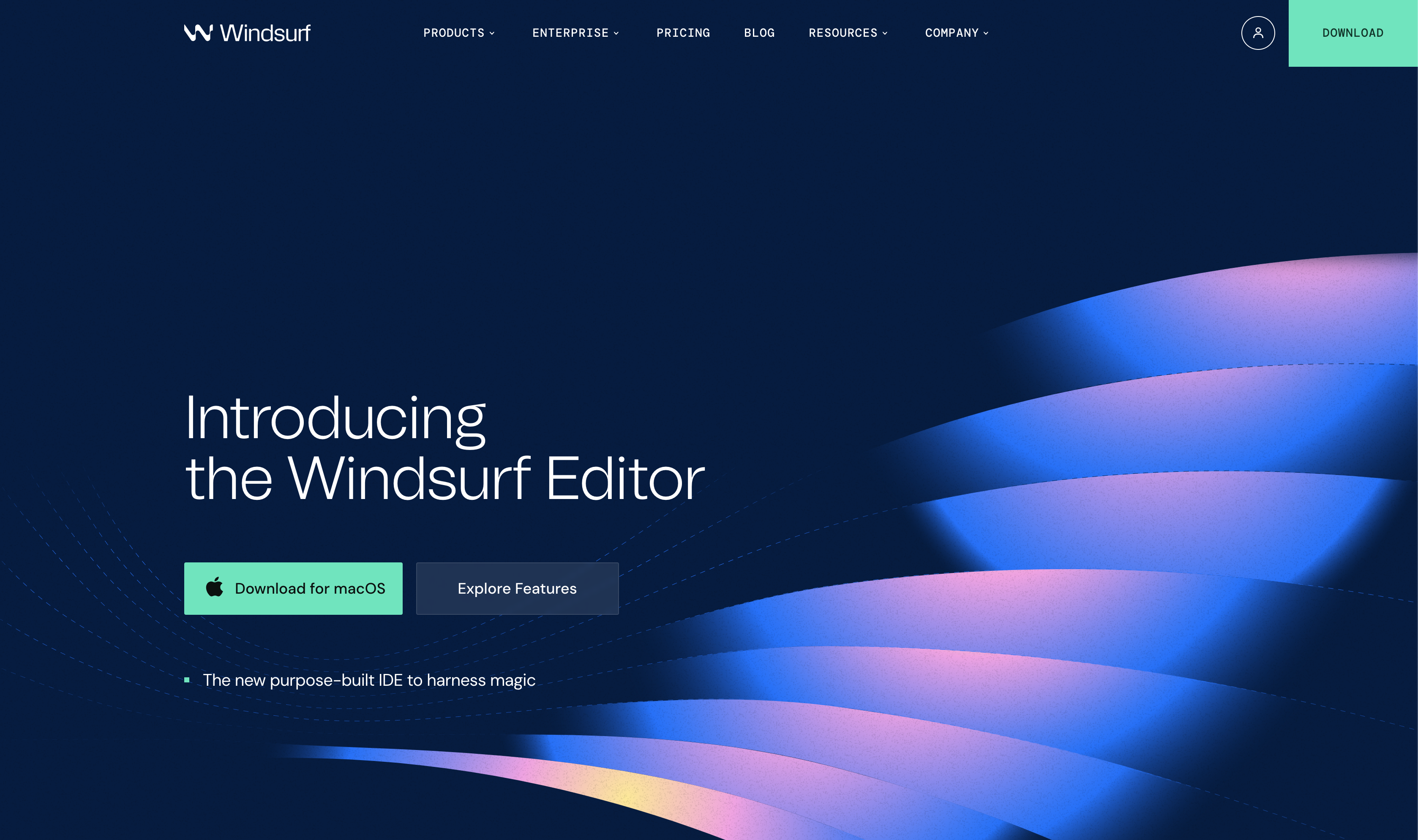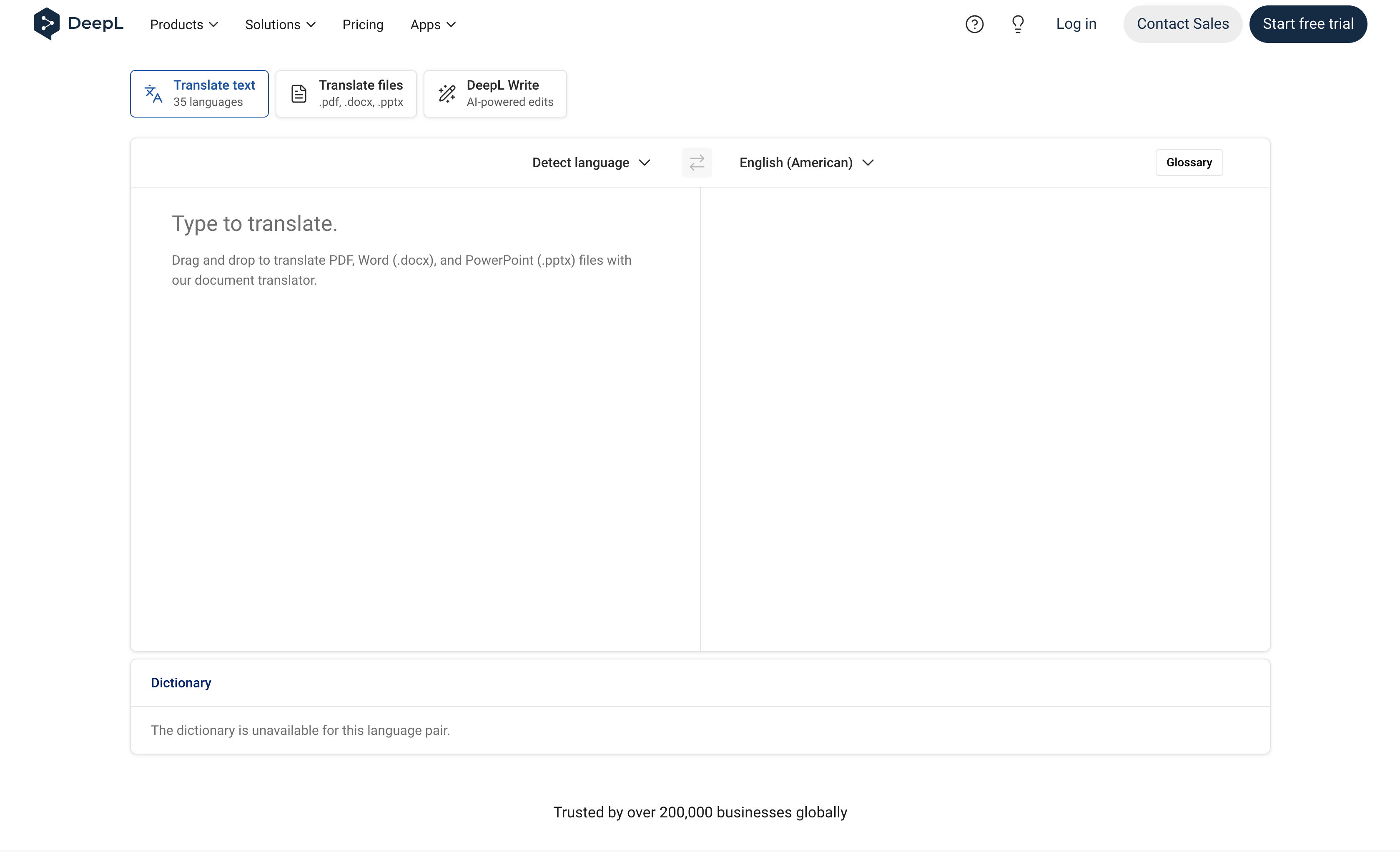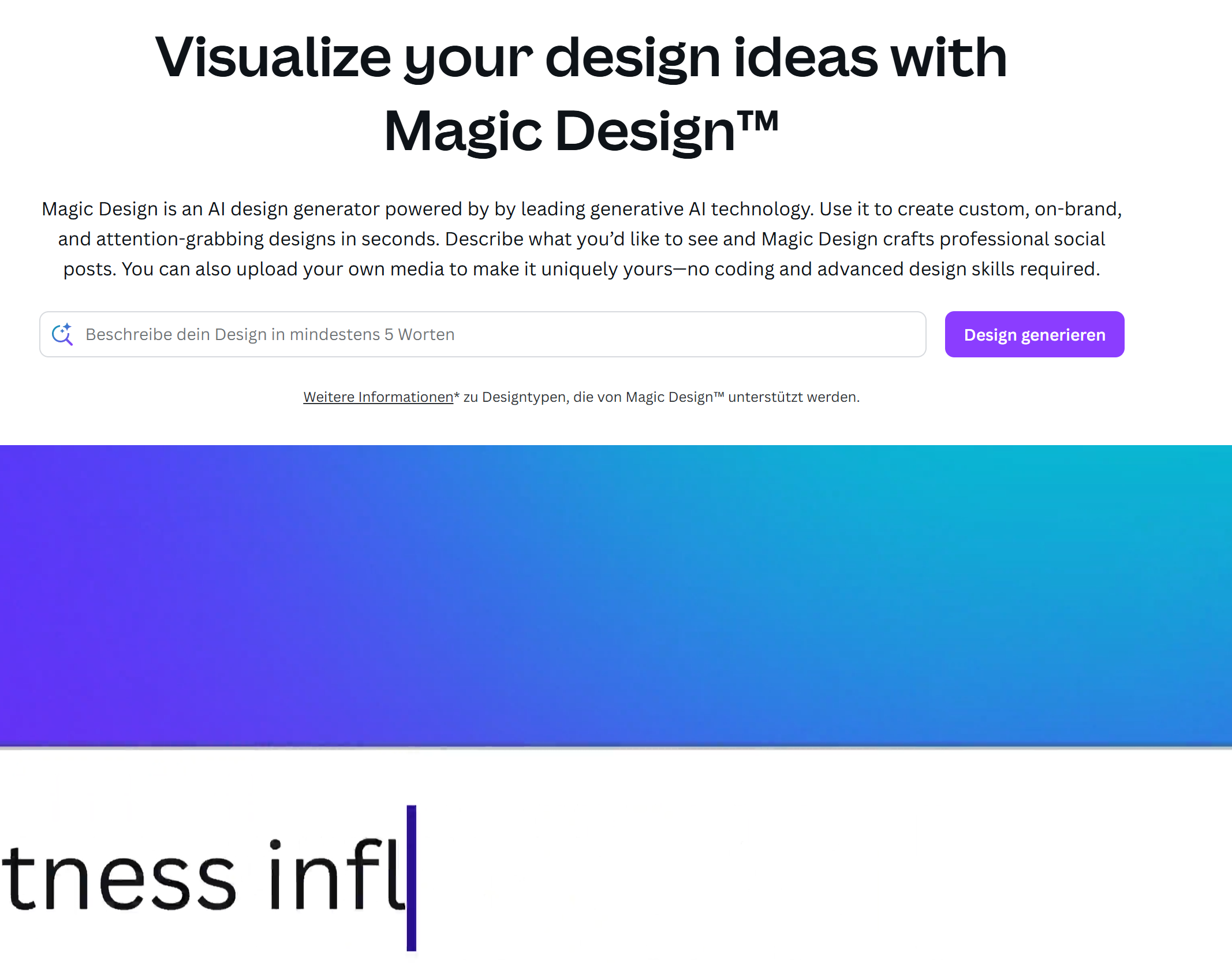A curated list of 2138 AI tools designed to meet the unique challenges and accelerate the workflows of Business Executives.

Your AI assistant for conversation, research, and productivity—now with apps and advanced voice features.

Your everyday Google AI assistant for creativity, research, and productivity

Accurate answers, powered by AI.

Open-weight, efficient AI models for advanced reasoning and research.

AI workflow automation for technical teams

The world’s most advanced AI code editor

The world’s most accurate AI translator.

Your cosmic AI guide for real-time discovery and creation

All the power of Canva’s AI, all in one place.

All-in-one AI assistant for seamless teamwork, smarter workflows, and integrated productivity.

Build, automate, and scale AI-powered business solutions with the #1 enterprise platform.

Unified AI and cloud for every enterprise: models, agents, infrastructure, and scale.
Consolidate finance, sales, and operations data into executive-ready scorecards updated daily. Run scenario analysis on pricing, staffing, or expansion strategies with clear risk envelopes. Use AI briefings to summarize market trends, competitor moves, and regulatory headlines. Automate board and investor updates with visualizations tied to strategic KPIs.
Enterprise security, role-based access, and audit trails to satisfy governance teams. Explainable models that show assumptions, sensitivity, and confidence intervals. Integration breadth across ERP, CRM, BI, and data warehouses. Collaboration features to annotate dashboards, assign actions, and track decisions.
Yes—many vendors offer free tiers or generous trials. Confirm usage limits, export rights, and upgrade triggers so you can scale without hidden costs.
Normalize plans to your usage, including seats, limits, overages, required add-ons, and support tiers. Capture implementation and training costs so your business case reflects the full investment.
Distrust of black-box recommendations. Select platforms with transparent methodologies, adjustable assumptions, and human override capabilities. Data silos across business units. Implement AI layers that sit atop the warehouse or lakehouse, not separate shadow systems. Change management when AI surfaces uncomfortable truths. Pair insights with narrative storytelling so teams understand the “why” behind recommendations.
Pilot AI dashboards within the executive staff or strategy office. Validate accuracy against manual reports. Once trust builds, roll out to business unit leaders and embed insights into monthly and quarterly operating rhythms.
Decision cycle time for key strategic moves. Forecast accuracy improvements versus prior quarters. Percentage of meetings using AI-generated briefs. Cost savings or revenue gains tied to AI recommendations.
Combine qualitative signals (customer interviews, employee surveys) with financial KPIs to create a balanced executive insight layer.
Executives need AI to cut through noise and focus on value creation. Strategic dashboards, forecasting models, and scenario planners reveal where to invest, optimize, or pivot.
Markets shift overnight. Leaders who marry first-party data with AI scenarios respond faster to customer expectations, regulatory changes, and competitive threats. Decision intelligence platforms convert data exhaust into board-level narratives.
Use this checklist when evaluating new platforms so every trial aligns with your workflow, governance, and budget realities:
Pilot AI dashboards within the executive staff or strategy office. Validate accuracy against manual reports. Once trust builds, roll out to business unit leaders and embed insights into monthly and quarterly operating rhythms.
Combine qualitative signals (customer interviews, employee surveys) with financial KPIs to create a balanced executive insight layer.